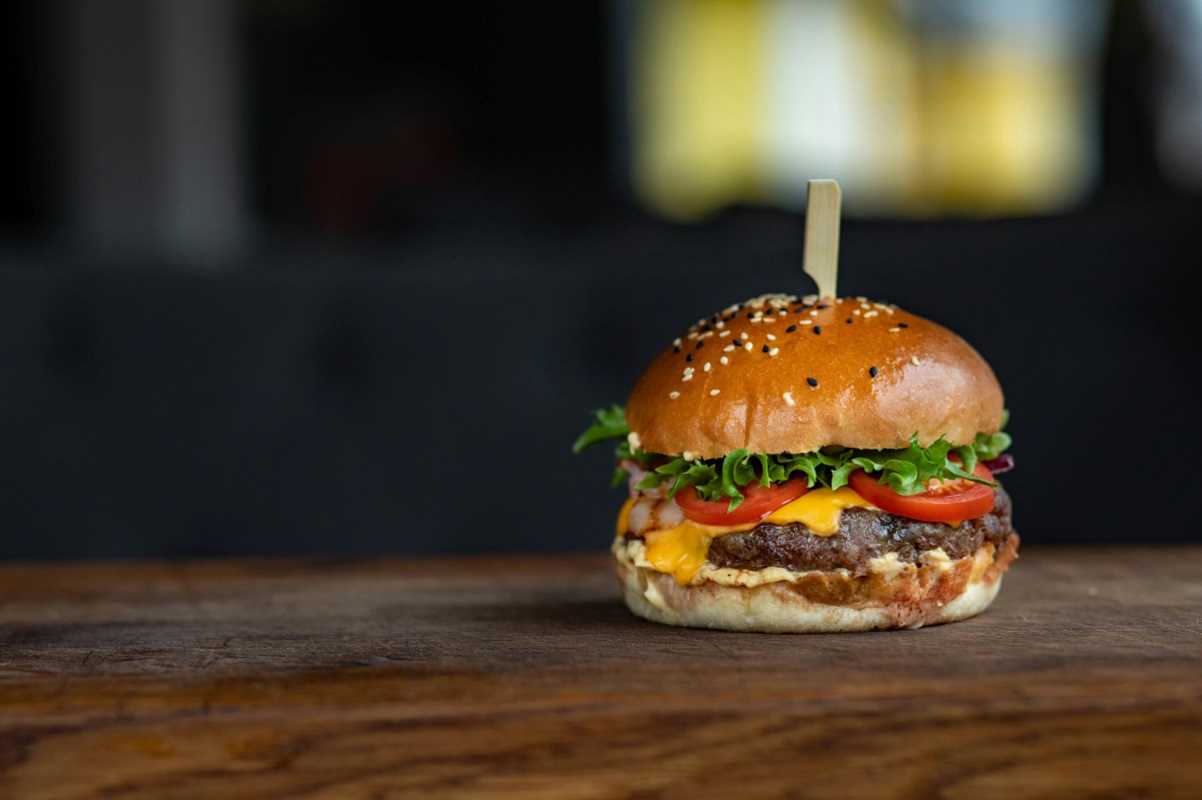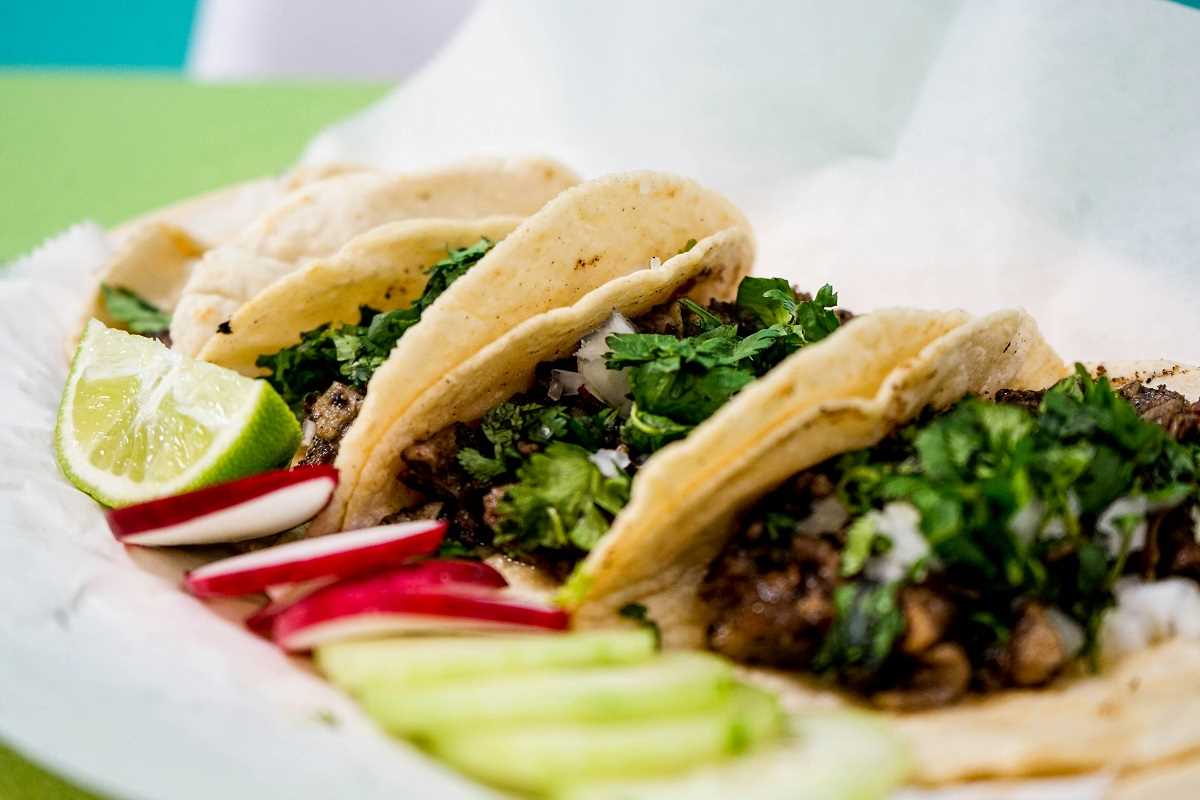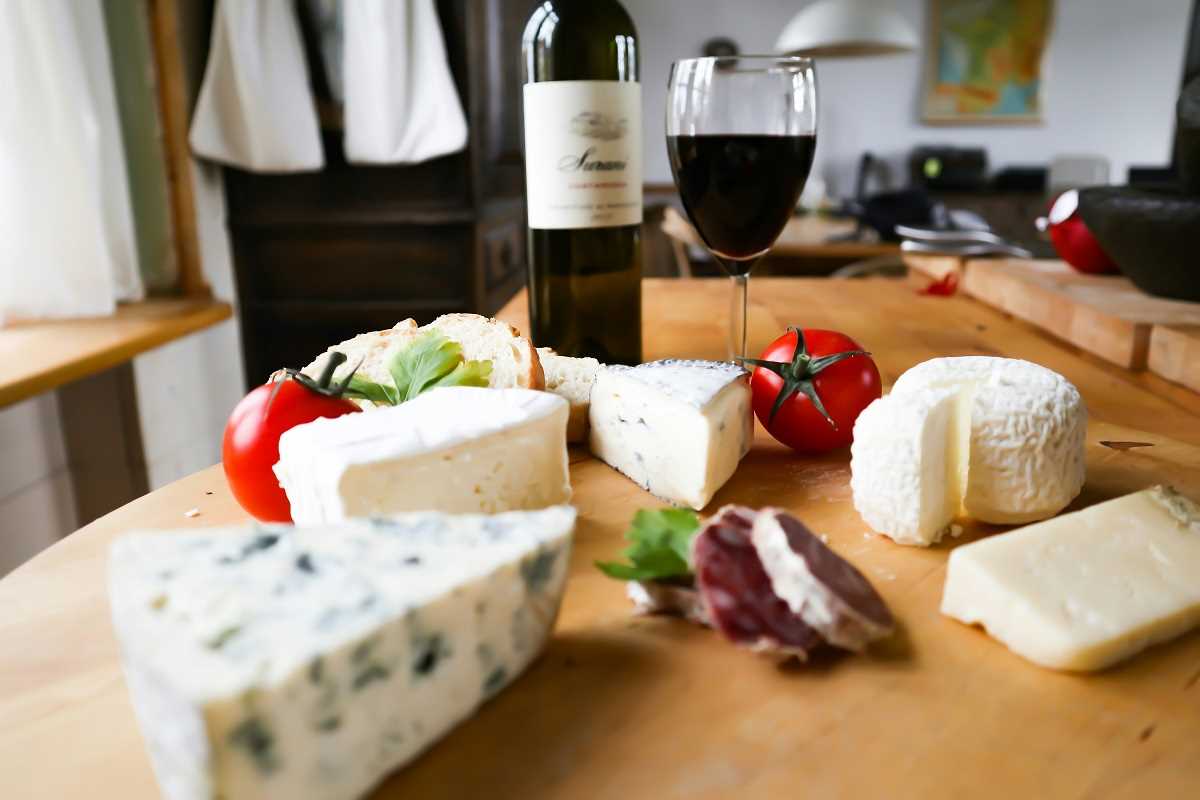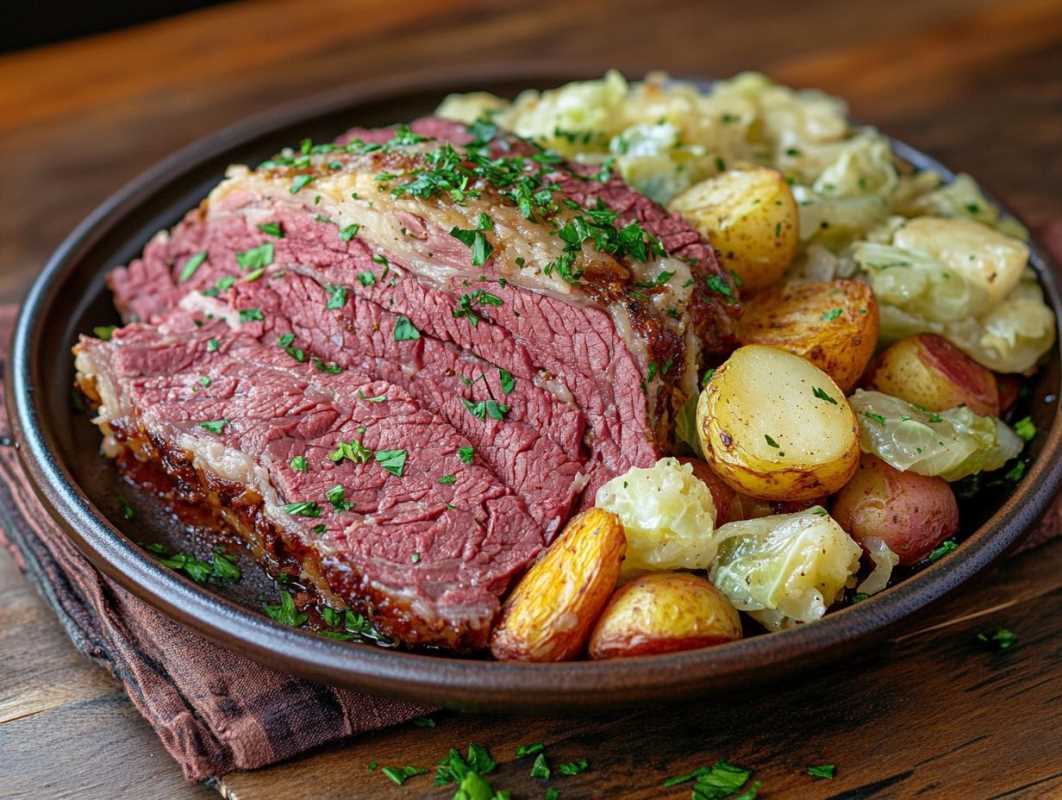When you think of American food, certain dishes instantly come to mind. Hamburgers, hot dogs, apple pie, fried chicken, and more all have that all-American vibe. But if you dig a little deeper, you’ll find these iconic foods have fascinating backstories tied to other cultures and histories. America has always been a melting pot, and our food is no exception. Here’s the real history behind some famous American dishes that have become staples of our cuisine.
Hamburger
What could be more American than the hamburger? It’s the star of backyard barbecues, fast-food joints, and diners everywhere. But this juicy staple didn’t exactly start on American soil. Its origins trace back to Hamburg, Germany, in the 19th century, where “Hamburg steaks,” made from minced beef, were popular. German immigrants brought this idea to the U.S., but the innovation of serving ground beef in a bun is what turned it into the hamburger we know and love.
The first modern hamburger is famously credited to a food stand at the 1904 St. Louis World’s Fair or, according to some, a small-town cook experimenting with sandwiching beef patties. Regardless of who gets the gold star, the transformation of the humble beef patty into a global icon is pure American magic.
Fun fact? McDonald’s, which helped popularize the hamburger worldwide, didn’t open its first restaurant until the 1940s!
Hot Dogs
Ah, the classic ballpark hot dog! Americans eat millions of these every year, especially during summer cookouts and baseball games. But like the hamburger, hot dogs (or frankfurters) have European roots. They originated in Germany, where sausages like “Frankfurters” from Frankfurt and “Wieners” from Vienna became popular street foods.
German immigrants brought these spiced sausages to American shores in the 19th century, where they became a hit among street vendors. The bun? That was likely an American twist to make the sausage easier to eat on the go. Adding mustard, relish, or ketchup? Total American flair.
Coney Island in New York played a critical role in making hot dogs mainstream, with Nathan’s Famous opening its hot dog stand in 1916. Today, whether you prefer yours Chicago-style, New York-style, or loaded up however you like, the hot dog is a quintessential American comfort food with a deliciously global past.
Apple Pie
“American as apple pie.” We’ve all heard the phrase, but did you know apple pie isn’t actually from America? Apples aren’t even native to North America! The first apple pies were made in England, where recipes for baking apples into pastry date back to the 14th century. Early American settlers brought apple seeds and recipes with them, planting orchards across the colonies.
By the 19th century, apple pie had become one of the most common desserts in America. The catchy “as American as apple pie” slogan didn’t really catch on until World War II, when it became a patriotic phrase used to rally the troops. Thanks to its simple, comforting flavors, the pie won Americans' hearts (and taste buds). Now, when paired with a scoop of vanilla ice cream, apple pie has secured its permanent spot on the dessert Mount Rushmore.
Fried Chicken
Crunchy, seasoned fried chicken is a staple of Southern soul food and a dish that has achieved worldwide popularity. But where did it originate? While frying meat in oil can be traced back to various cultures, the Southern-style fried chicken we love today draws heavily from African and Scottish influences.
Scottish immigrants introduced the technique of frying chicken, while enslaved African Americans in the South brought bold seasonings and spices into the mix. Over time, these two culinary traditions merged into what we now consider classic American fried chicken.
Fried chicken’s reputation skyrocketed thanks to restaurants like KFC, which made it a fast-food favorite. But whether piping hot from a fast-food bucket or lovingly cooked at home for Sunday dinner, fried chicken’s crispy goodness is at the heart of American comfort food.
Macaroni and Cheese
Mac and cheese is the ultimate go-to comfort food, whether baked in the oven for special occasions or stirred up quickly from a blue box. But its origins go back to Europe, specifically Italy. Pasta with cheese has been a thing for centuries, with records of creamy, cheesy pasta dishes dating back to the 13th century.
Thomas Jefferson is often credited with bringing mac and cheese to America in the late 1700s after falling in love with pasta during a trip to Italy. Jefferson even imported a pasta-making machine to recreate the dish. Later, mac and cheese became a staple in Southern cooking and grew wildly popular during the Great Depression thanks to Kraft’s affordable boxed version.
Today, it’s so American that no barbecue or family potluck feels complete without a pan of ooey-gooey mac.
Buffalo Wings
What’s a party without a plate of wings? Buffalo wings are one of the most beloved American appetizers, and they have a surprisingly recent history. The dish was created in Buffalo, New York, in 1964 at the Anchor Bar by Teressa Bellissimo. She whipped up the dish on the fly with leftover chicken wings, dousing them in hot sauce and serving them with celery sticks and blue cheese dressing.
These spicy, tangy wings became an instant hit and eventually soared to national (and international) popularity. Whether enjoyed during a football game or on game night, Buffalo wings are living proof of creative kitchen improvisation at its finest.
Clam Chowder
There’s nothing like a warm bowl of clam chowder on a chilly day, but did you know this New England classic was heavily influenced by French and British settlers? The creamy, potato-packed version popular in the U.S. today evolved over time as settlers adapted recipes brought from Europe, using native clams from the Atlantic. The result? A rich and filling soup that practically tastes like the sea.
There are regional variations, too. New England clam chowder uses milk or cream for its base, while Manhattan-style chowder swaps cream for tomatoes, giving it a red hue. Either way, there’s no denying clam chowder is associated closely with American coastal culture.
Pancakes
Light, fluffy, and soaked in syrup, pancakes are a breakfast must-have across America. While pancakes date back thousands of years globally (even the ancient Greeks had their versions!), here in the U.S. they’ve taken on a distinctly American identity. Early settlers made pancakes from simple ingredients like flour, eggs, and milk, and topped them with Native American-inspired ingredients such as maple syrup.
Pancakes' popularity surged in the early 20th century, with brands like Aunt Jemima introducing ready-made pancake mixes that turned the dish into a breakfast superstar. Today, Sunday mornings wouldn’t be complete without a towering stack topped with butter and syrup.
Food is one of the best reminders that America truly is a cultural melting pot. Behind every iconic American dish is a story of immigration, adaptation, and ingenuity.
 (Image via
(Image via




.jpg)
